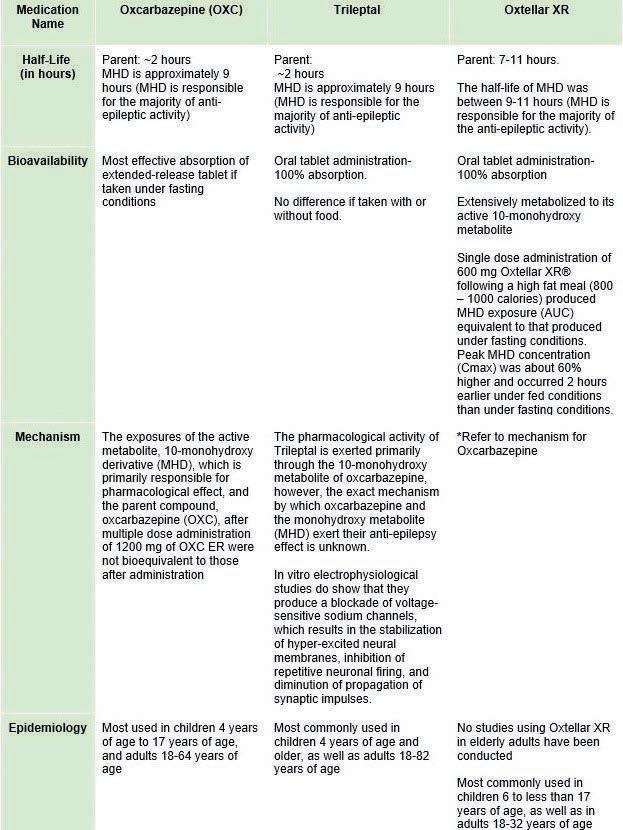Scholarly Research In Progress • Vol. 5, November 2021
Short- and Long-Term Outcomes of Breastfeeding on Children’s Mental and Physical Health Taylor S. Mewhiney1* ¹Geisinger Commonwealth School of Medicine, Scranton, PA 18509 *Master of Biomedical Sciences Program Correspondence: tmewhiney@som.geisinger.edu
Abstract Breast milk is a perfectly evolved substance that fits the dietary needs of the average infant to ensure it thrives during growth and development. Breastfeeding significantly impacts children’s lives as it works to maintain their health from the minute they are born until the mother chooses to cease lactation. Research has shown that after being fed breast milk, children had stronger immunity and their fatality rates were decreased compared to babies who were not breastfed. Breastfed children have higher IQs, healthier BMIs, decreased obesity and blood pressure, and reduced risk of rhinitis allergies, asthma, and skin conditions. A breastfeeding mother is also provided with health benefits, as her risk for ovarian and breast cancer, diabetes, and postpartum depression is reduced. When given proper instruction to feed her infant, a mother can better herself and her baby well into their future. For the first 6 months of a child’s life, breastfeeding is strongly encouraged to give the child its greatest source of nutrition. The purpose of this review is to enhance perspectives on breastfeeding and to increase awareness on the long-term and short-term outcomes of breastfeeding.
Introduction Breast milk is produced through the process of lactation in the mammary glands. During pregnancy, the hormones in a woman’s body begin to significantly fluctuate. Halfway through the pregnancy, lactation begins. There are two phases of lactation: lactogenesis I and II. Lactogenesis begins while the baby is in utero, and the mammary glands begin to produce colostrum (1). Colostrum is a discharge-like fluid produced in small quantities, as progesterone prohibits the mother from full lactation until lactogenesis II. The second phase of lactogenesis begins following delivery of the placenta. The hormones cortisol, prolactin, and insulin spike, causing milk production. During this time there is a major decrease in estrogen and progesterone. The endocrine system then drives the volume of milk production to rapidly increase from less than 100 mL to 500 mL 4 days after birth. About a week postpartum, the mother produces around 650 mL (1). The newborn begins to adjust to eating during its first days postpartum, as it is naturally equipped to suckle. During this stage of the newborn’s life, it is provided with a rare variety of nutrients it cannot obtain elsewhere. This is the most essential time in a child’s growth since exposure to the world outside the womb, and breast milk gives the infant plenty of benefits. The general composition of breast milk is rich in macronutrients. The largest component of breast milk is water, which counts for 87% of its structure. Fat makes up 3.8%, and lactose accounts for 7%. Protein makes up 1% of breast milk as either whey or
110
casein, which have fluctuating ratios depending on the stage. However, during the entirety of lactation, the content of whey is higher than casein (2). Considering breast milk has a unique microbiome, it has the potential to transfer healthy species from mother to child, which can positively impact the baby (1). Bacterial species are also introduced to the infant through breast milk; these are probiotic bacteria that promote digestive health. Breast milk also contains vitamins, minerals, enzymes, and hormones essential for growth and development. These provide diversification for the infant immune responses and help colonization of upward of 90% of the infant biome (2). Production of colostrum begins during lactogenesis I, but measurable quantities are released from the mammary gland within the first few days post-birth. It is yellow in color and produced in minimal volume. Colostrum intake is essential, as it begins to build immunity in the newborn and acts as a barrier in the digestive tract. Colostrum also helps the newborn produce their first bowel movement. Beginning between days 4 and 5 postpartum, transitional milk is formed. This is a light-yellow substance that provides the infant with more nutrition than colostrum. Transitional milk production varies from colostrum production because it increases in quantity. The more the newborn feeds, the higher the production rate (3). Anywhere from 4 to 6 weeks postpartum is when milk is considered mature. Mature milk is white and opaque and will remain in this phase until the mother ends lactation. Mature milk is recommended to be consumed until the infant is 6 months to a year old, considering its high nutrient content (4). During a feeding session, the composition of milk transitions from foremilk to hindmilk. Foremilk is released first upon suckling. It is thin and rich in lactose and satisfies the newborn’s thirst. Hindmilk is expressed following foremilk. Hindmilk has a high-fat content and is denser than foremilk, further satisfying the baby’s nutritional necessities (2). The composition, texture, smell, and amount of breast milk vary upon the day and nursing session. Mothers can generally expect to produce enough to fulfill the baby's daily intake; however, some days a mother may produce more or less than others. This is natural during the process of lactation, as a set amount of milk is not expected. For a child to get the necessary amount of milk, it is best if the mother is relaxed and allows for the newborn’s instincts to kick in. Optimal positioning includes the mother sitting straight with support for her back while supporting the newborn’s body in her arms facing her breast. For proper attachment to the nipple, it is best if the newborn has their chin touching the breast with the head slightly tilted back, and the mouth open with the lower lip turned outward. By gently brushing the nipple between the upper lip and nose (not between upper and lower lip), the baby should naturally latch (5).












































